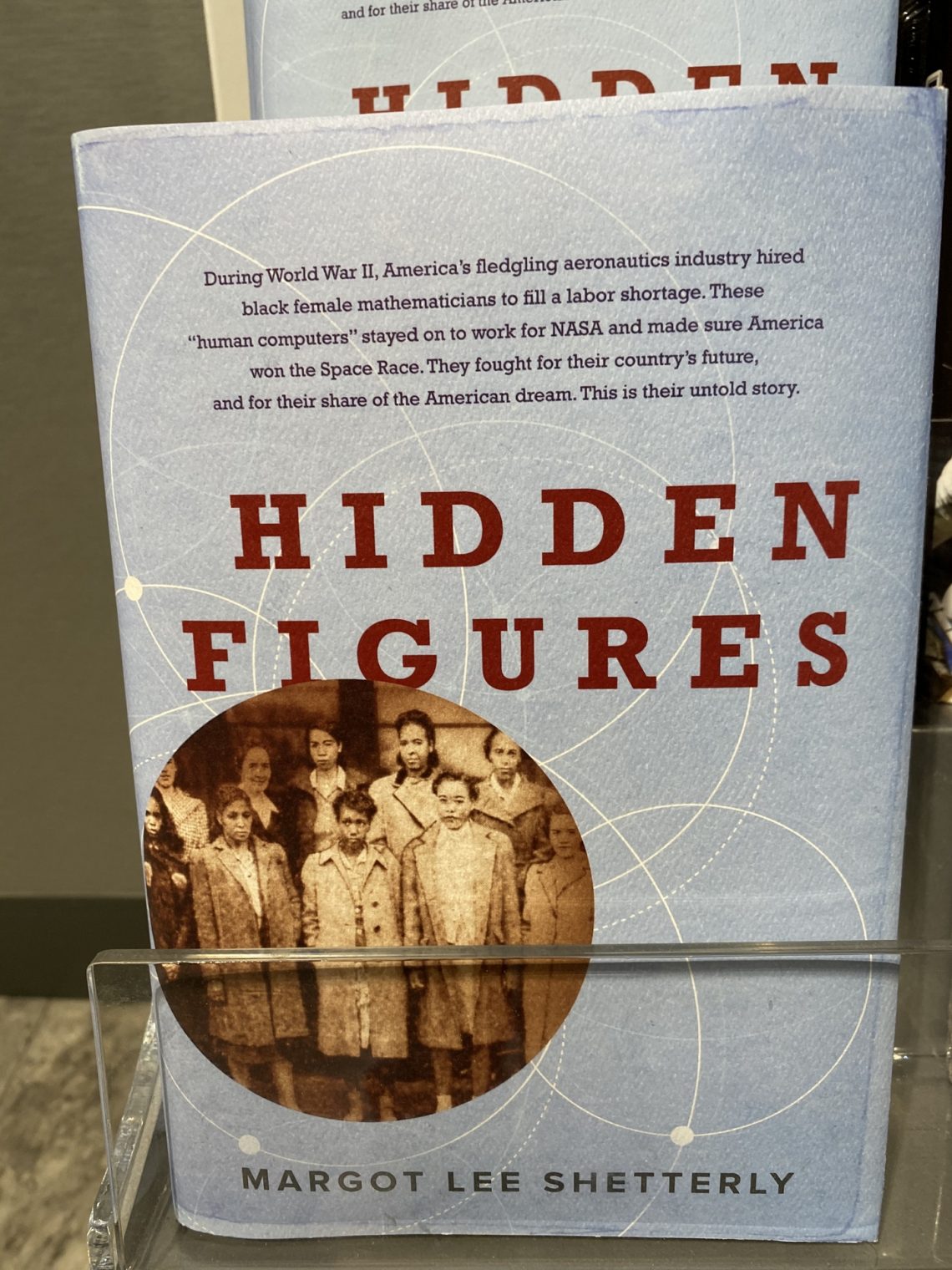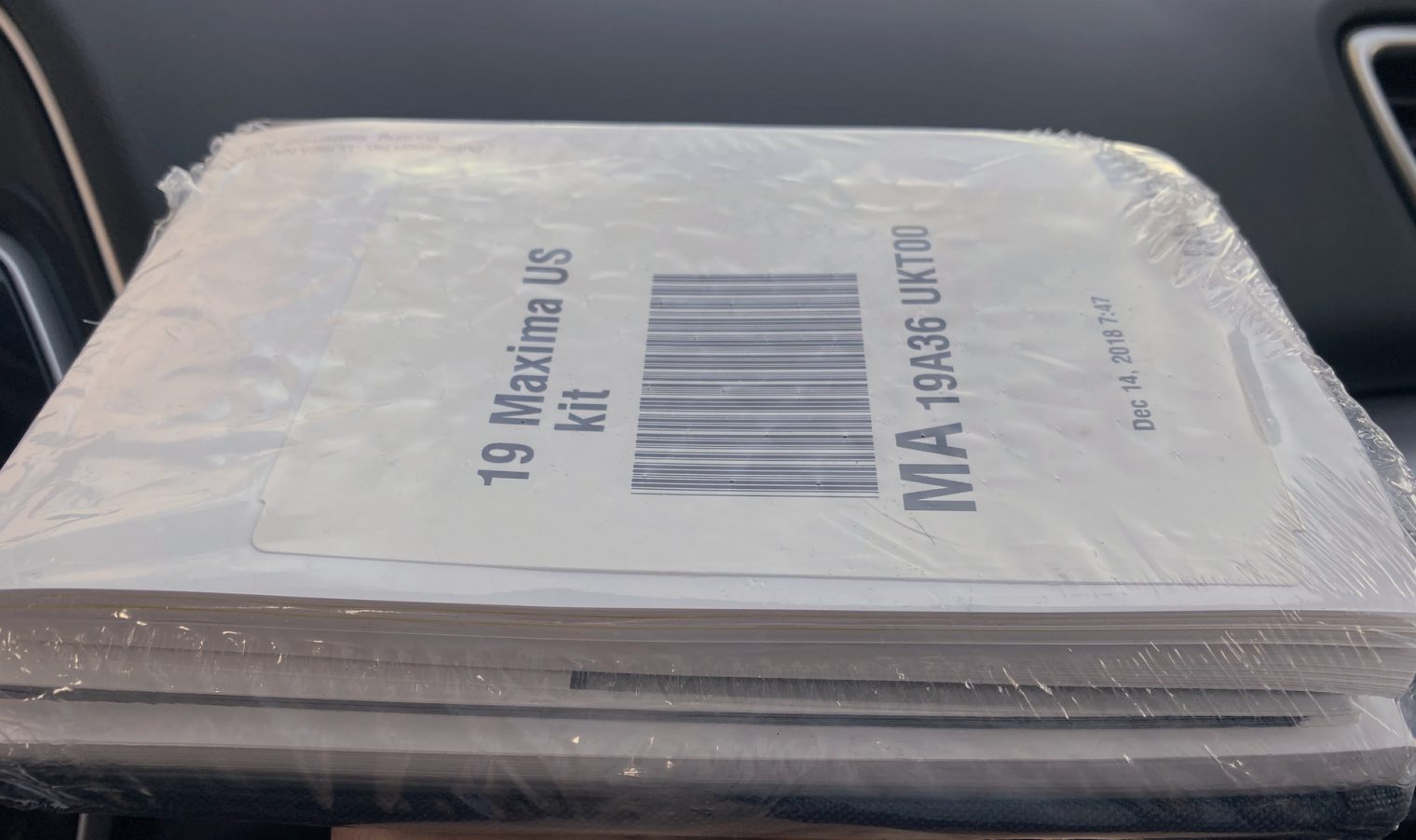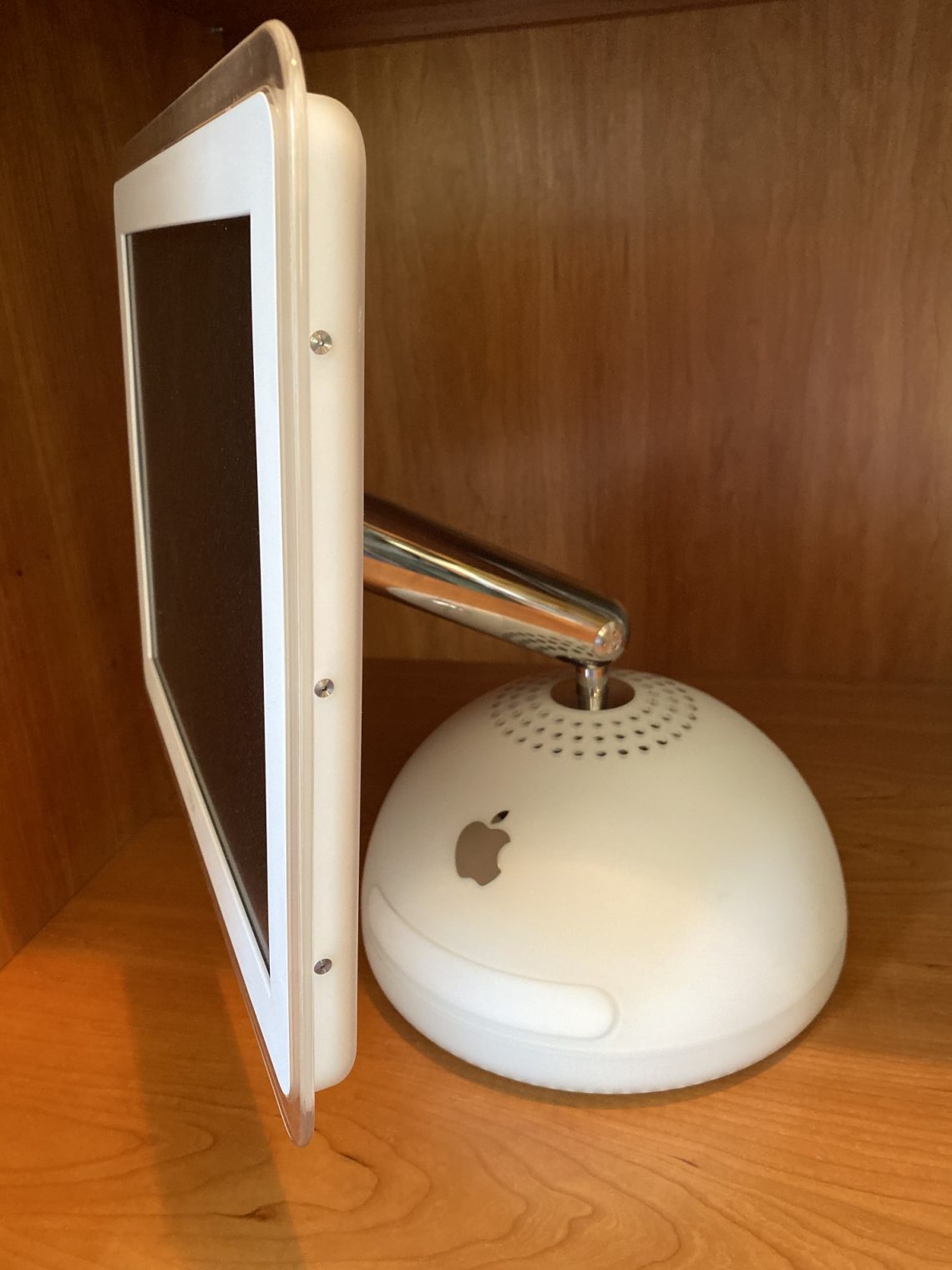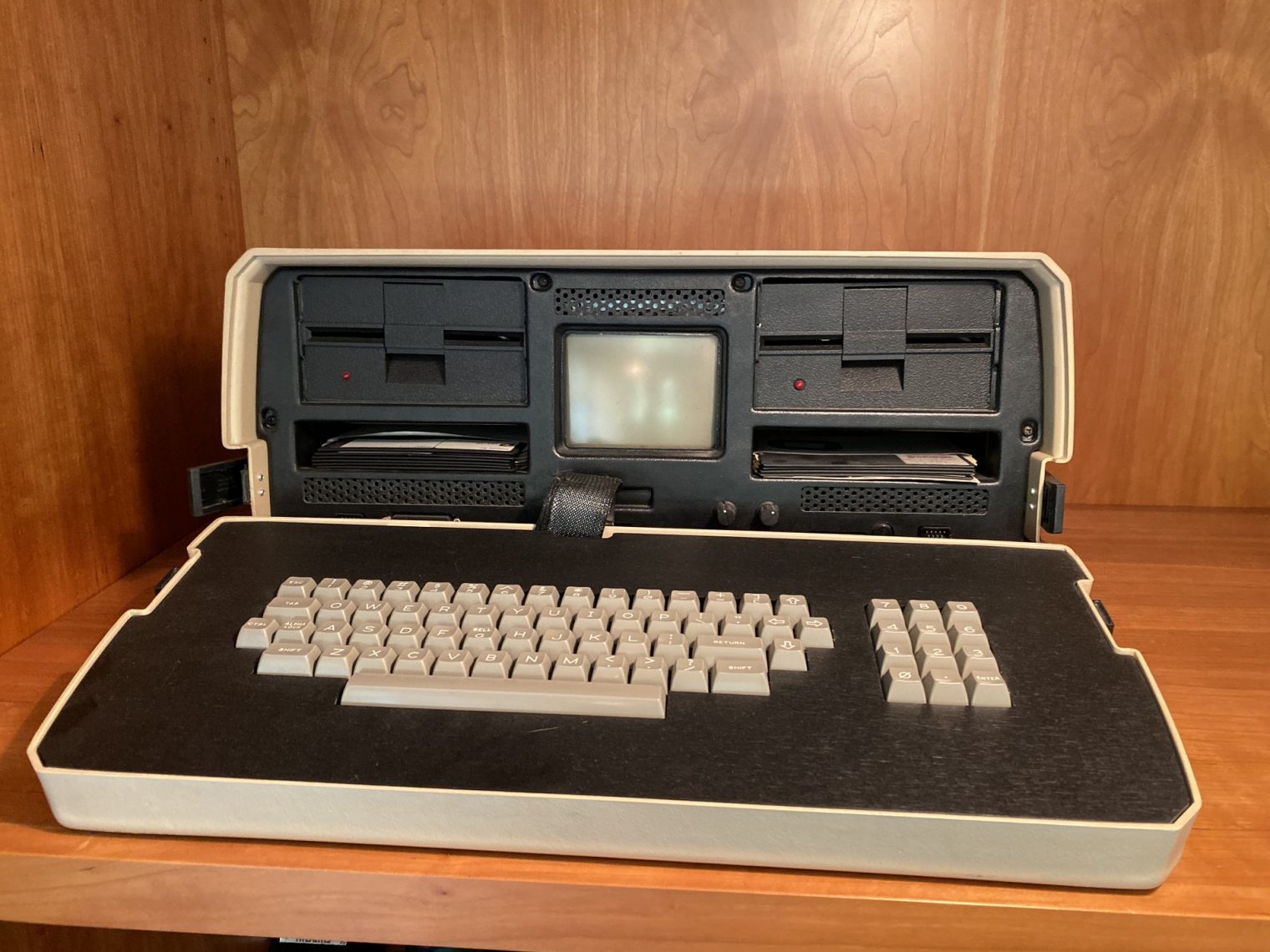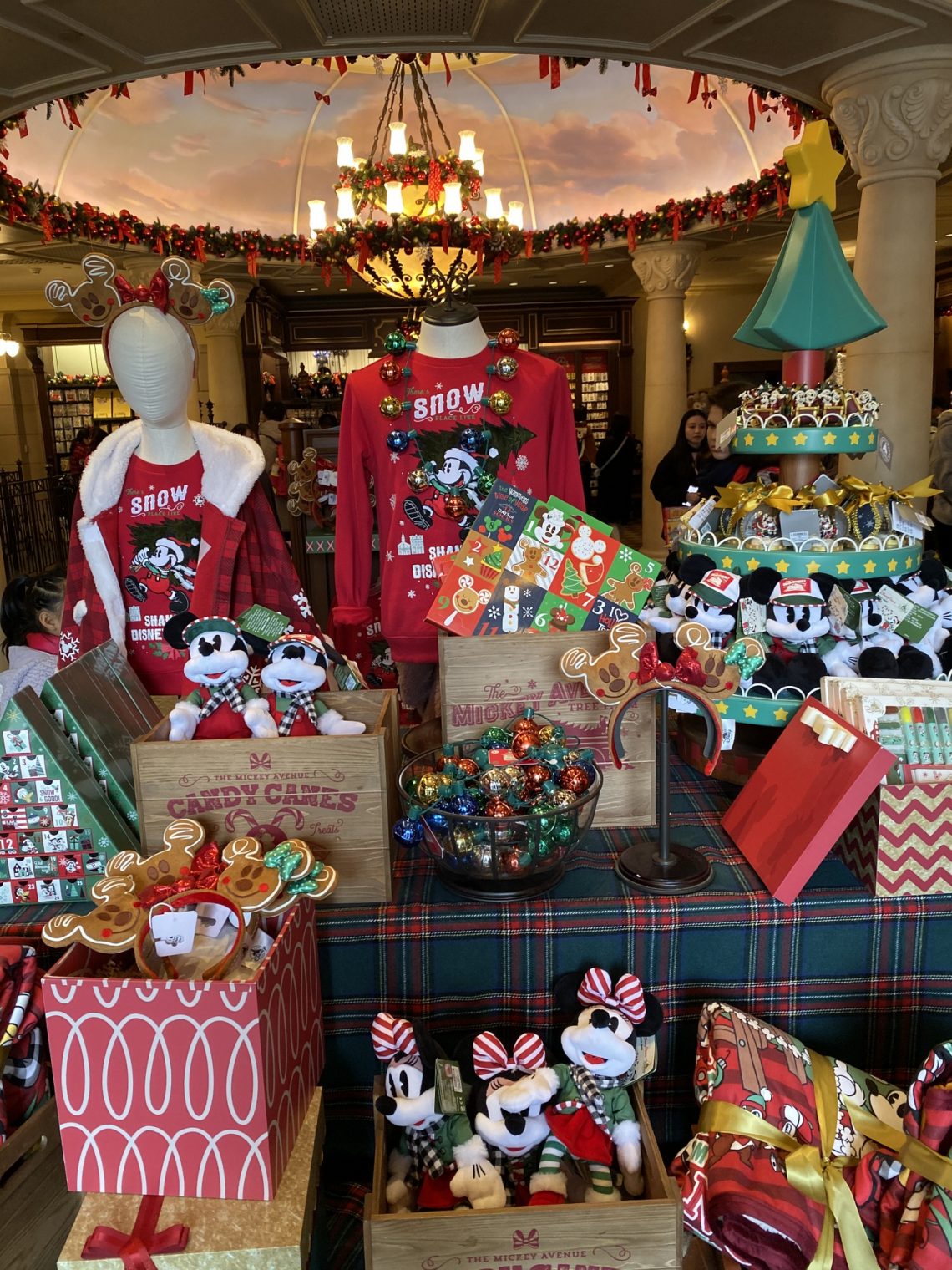Time for life-sized videoconferencing?
Is everyone sick of seeing friends and co-workers compressed into a portion of an already-small monitor?
The only good video conference experience that I have had was back in 2000 in Australia. A university with two campuses used the rear wall of a lecture room as a life-size window into a room that was about 20 miles away. People in that remote room appeared life size on the rear wall. The data link speed was, I’m sure, nowhere near as good as the standard fiber-to-the-home services today. The projectors could not have been as good as today’s projectors. But it was surprisingly natural to converse with people who seemed to be just on the other side of the wall.
Multi-city law firms today often have advanced systems. A huge direct-view TV (85″?) on one wall of the room in New York can show what is going on in a similar room in D.C. It doesn’t seem as effective as the system that the Australians had back in 2000, though, because the people who appear on the screen are not as big as the people who are live in the room (or as “live” as anyone can be who is working on a patent infringement question!).
Back in 2003, I wrote up an idea for a infrastructure that would enable a person to work side-by-side with an assistant in another part of the world: “it is as if a wall in one’s office is opened up to the assistant’s office thousands of miles away”. Why not build home offices like this as standard? A window in front and video walls left and right. If the plague returns, everyone who currently works side-by-side in a Silicon Valley coding plantation can go home and still work side-by-side with at least two co-workers at a time.
I’ll cut and paste the research idea from 2003…
Americans make expensive employees. Productivity is measured as economic output per dollar of labor input. In the absence of technological advances, the only way to improve labor productivity is to move the job to a low-wage country. Pairing every American office worker with an assistant in a low-wage English-speaking country (or a low-wage part of the US) would be an excellent way of boosting productivity without exporting jobs, assuming that an effective coordination system can be constructed.
The Labus Novus coordination system will comprise the following components:
- a life-sized two-way video conferencing system; it is as if a wall in one’s office is opened up to the assistant’s office thousands of miles away
- an information system that records everything relevant to the high-wage worker’s job, including facts, reference material, contacts, correspondence, appointments, and relationships among these items [like a more sophisticated Microsoft Outlook]
- robot arms and other robots within the high-wage worker’s office that can be manipulated by the low-wage worker, thus enabling the assistant to pull folders from file cabinets, position papers on a desk, etc., from the other side of the planet
Current state-of-the-art video conferencing systems require 6 Mbits of point-to-point bandwidth. Thus the requirement of extremely high quality video conferencing implies the need for research in video analysis and compression, network protocols and routing, and semiconductors and optics for very bright images.
[Ooops! This is rather unfortunate to read, 17 years later! 6 Mbits?!?]
Outlook-on-steroids might sound straightforward but doing the job right can be as challenging as all of Artificial Intelligence. We are building support for a computer-mediated assistant rather than attempting to build a fully automated personal cognitive assistant. This does not reduce the difficulty of achieving a complete solution but it does increase the utility of an incomplete solution.
A desire to give the assistant the ability to manipulate physical objects half a world away (telepresence) justifies research in broad areas of robotic actuators and sensors.
Funding Possibilities: Phone companies are logical sponsors for this research. Telcos built a tremendous amount of network capacity in the 1990s but then neglected to offer any services besides voice communication, thus resulting in falling prices and bankruptcies. Only about 10 percent of the fiber installed through the U.S. is actually being used. Continuously active high quality video conferences have the potential to consume all of currently unused bandwidth in the networks.
Note that the system could be used domestically, yoking together a worker in an expensive crowded place such as New York City with an assistant in a low-wage uncrowded place such as Iowa.
Full post, including comments


